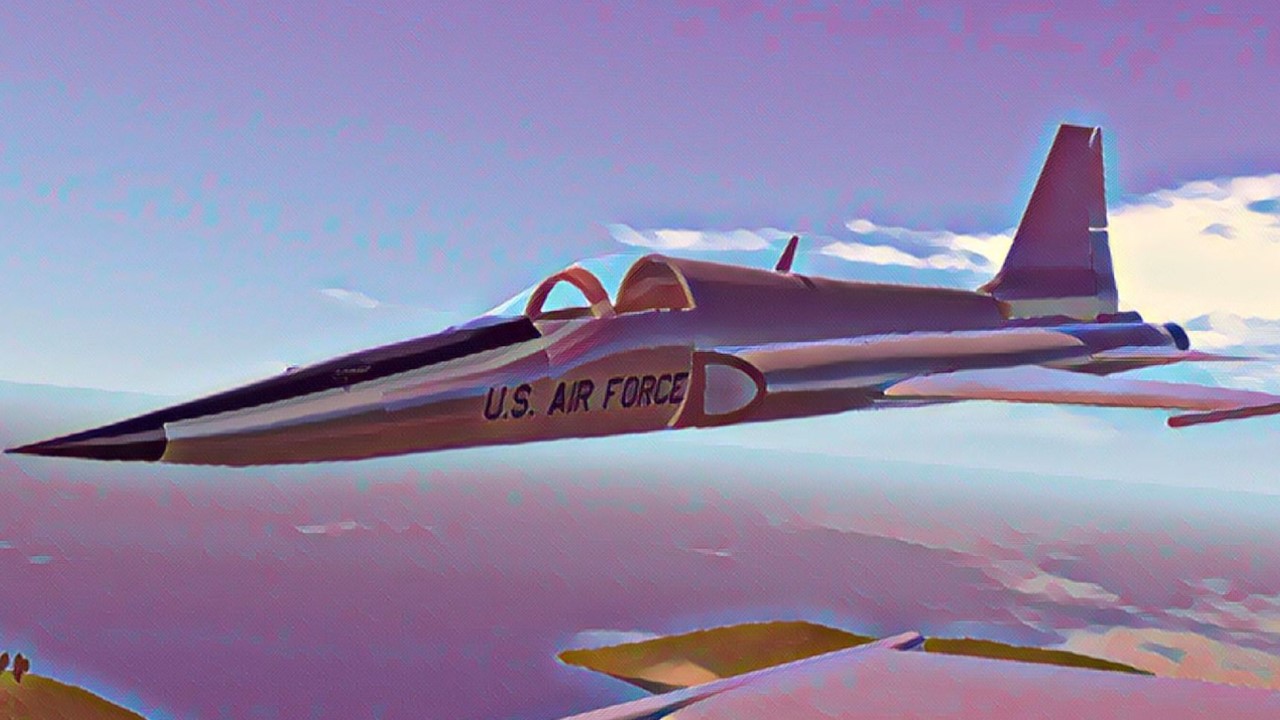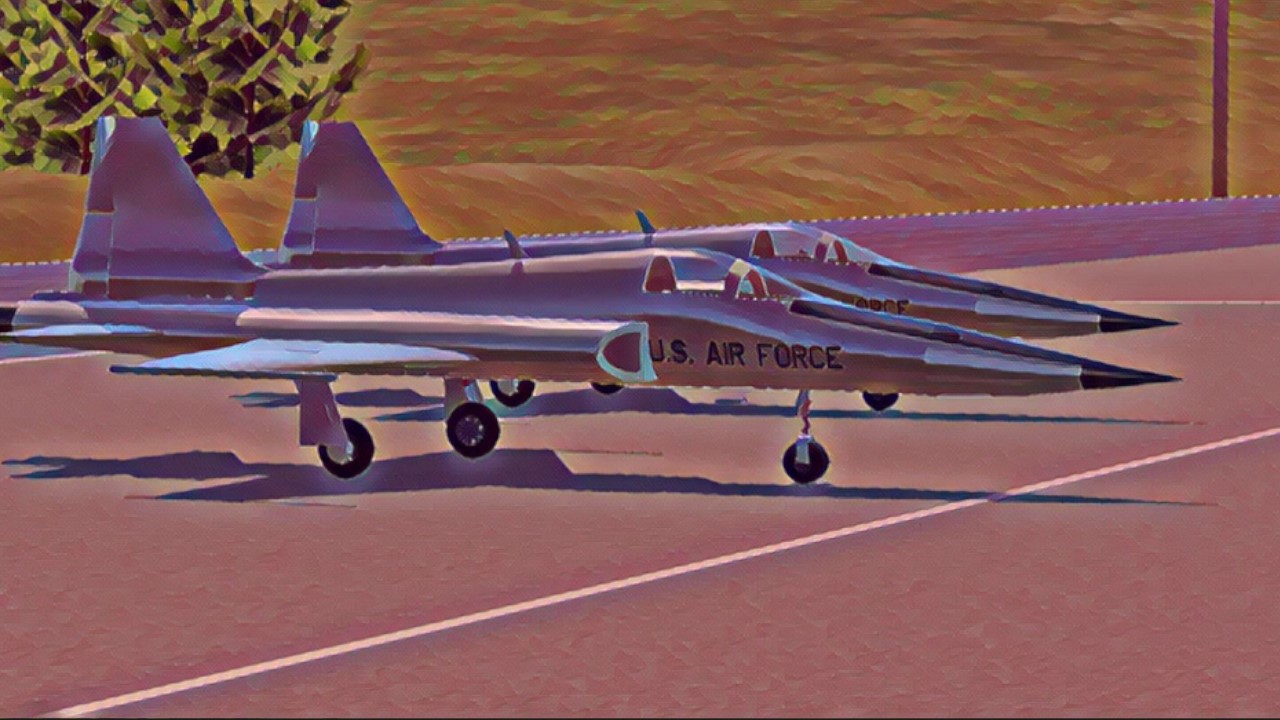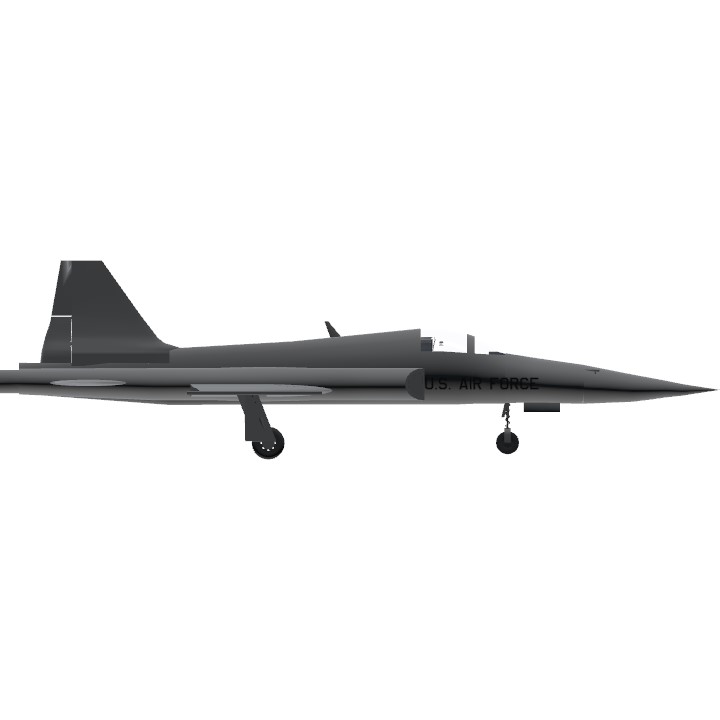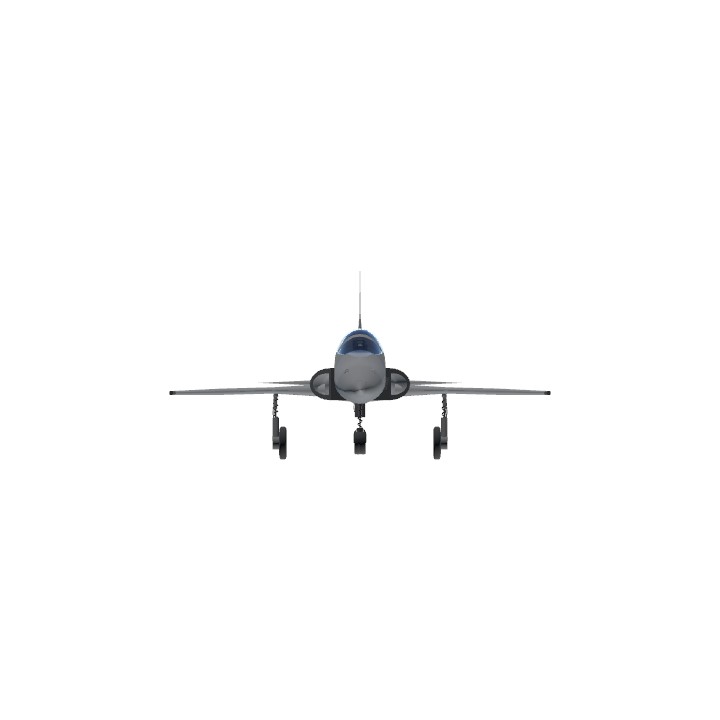 AfterBurner Above 96%
AfterBurner Above 96%
WIKIPEDIA
While the logic between the two great powers confronted during the Cold War (the USSR and the United States) was to build more and more imposing and expensive fighter planes, the American aeronautical manufacturer Northrop engaged in 1954 in a prototype light aircraft, the N-156, without government support. The first flight took place on July 30, 1959 and the prototype broke the sound barrier although its reactors were devoid of afterburner. Not corresponding to any need of the American armies, the two prototypes nevertheless continued their flight tests, including the tests of firing of missiles, rockets, etc. In 1962, the Kennedy administration wanted to equip its allies with reliable combat aircraft and inexpensive to counter the Soviets and announced that the N-156 had been chosen for it. A third and final prototype was then built to validate a few modifications such as the reinforcement of the wing structure and to allow testing of the final reactors equipped with afterburners. The first production units were delivered in 1964, a few months before it was decided to add two 20 mm guns to improve air combat capabilities, which caused a four-month delay.
A total of 636 F-5A Freedom Fighters, approximately 200 F-5Bs (two-seat version without guns, first flown February 24, 1964) and 89 RF-5As (reconnaissance version with four cameras, first flown May 1968) were built on the Hawthorne site (California) and exported until 1972. At the same time, Spain produced 70 copies under license and Canada 240 others designated as Canadair CF-5 with more powerful engines, an in-flight refueling pole and various other changes. Of these 240 examples produced in Canada, 100 were actually destined for the Netherlands and incorporated additional modification
sorry no virtual cockpit
Specifications
Spotlights
- xNotDumb 2.7 years ago
General Characteristics
- Predecessor Northrop F-5E
- Successors 1 airplane(s) +7 bonus
- Created On Windows
- Wingspan 24.3ft (7.4m)
- Length 45.9ft (14.0m)
- Height 12.7ft (3.9m)
- Empty Weight N/A
- Loaded Weight 2,043lbs (926kg)
Performance
- Power/Weight Ratio 9.896
- Wing Loading 13.1lbs/ft2 (63.9kg/m2)
- Wing Area 156.1ft2 (14.5m2)
- Drag Points 1388
Parts
- Number of Parts 159
- Control Surfaces 3
- Performance Cost 763







@XNorthern
@IICXLVIICDLXXXIIIDCXLVII
@Rework
@Bryan5
@BeastHunter
@SPXML
@X99STRIKER
@ACEPILOT109
@NARGII
@rexzion how what, I'm curious
how